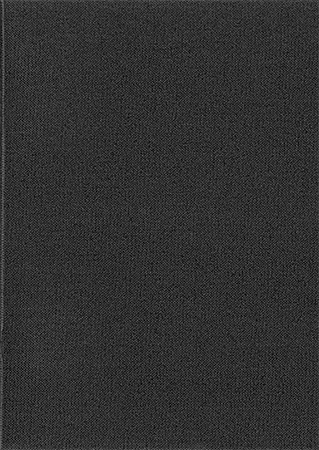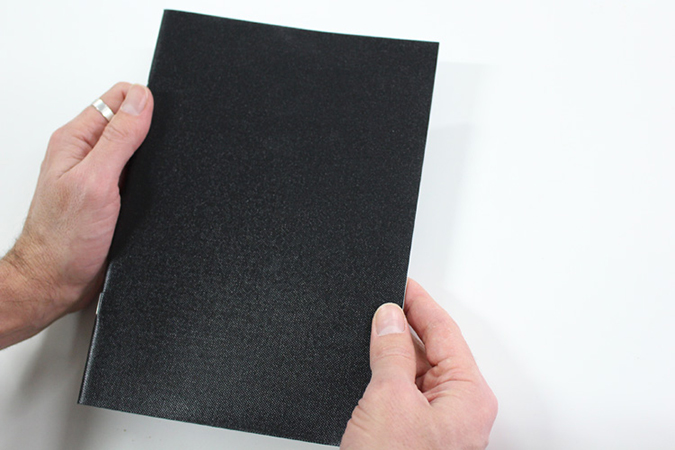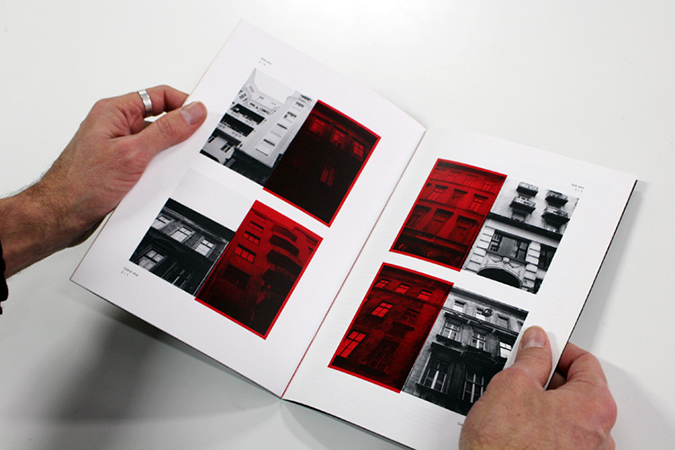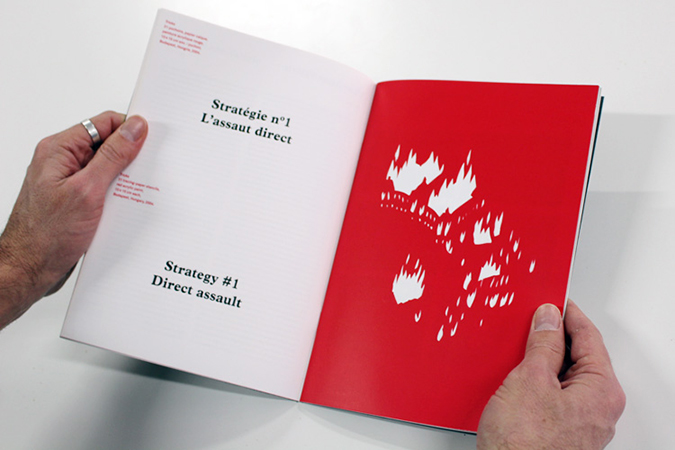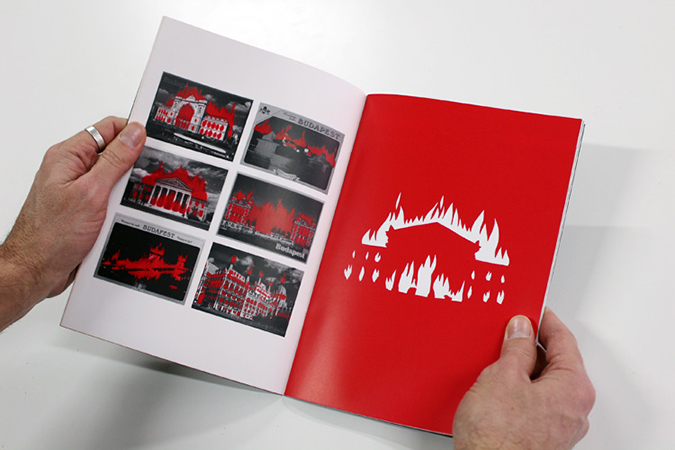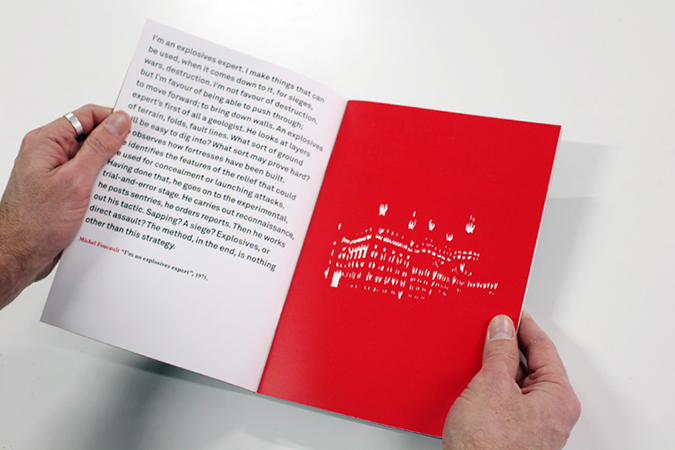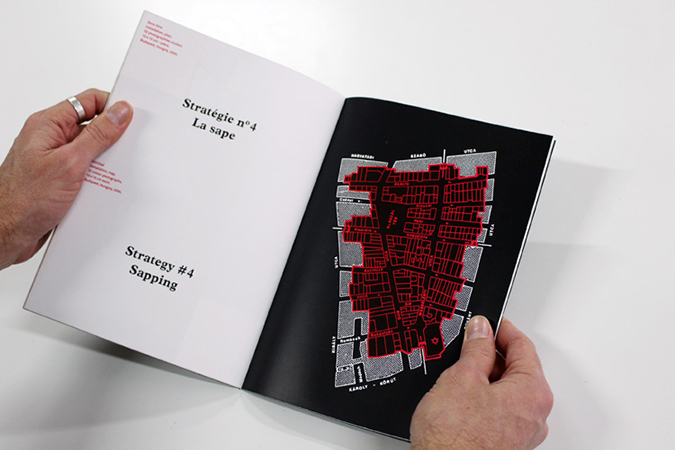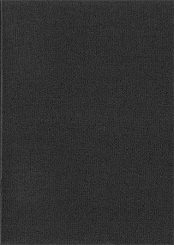Texts Eric Corne et Raphaël Monticelli
Anne-Valérie Gasc’s first artist’s book, published during a 2004 residency in Budapest, Drill is conceived as a manifesto: it opens with the “I am an artificer” of Michel Foucault as a declaration of war and announces a protocol of work by strategies: postcards of historical monuments inflamed with stencil (strategy n ° 1: “the direct assault”), images of the fixed video plan of a Pater Noster (strategy no. 2: “the state of siege”), the photographic portraits of the employees of the Cultural Department of the Budapest City Hall dressed in an equivocal uniform (strategy n ° 3: “enlistment”), the a cadastral and photographic survey of the enclave of the Jewish quarter of Pest, as silently read in the breaks in the treatment of building facades (strategy n ° 4: “the undermining”).
Literally, the term drill (from the English to drill: “rabache”), refers to a severe military training consisting of a series of exercises that allows, by their relentless repetition, to make soldiers able to execute without hesitation, the corresponding maneuvers.
Work numbered and signed drawn to 300 copies.
Anne-Valérie Gasc
Artiste
Anne-Valérie Gasc is an artist. Born in 1975, she lives and works in Marseille. In general, his work weaves a contradictory link between the conditions of appearance of a work of art and those of the disappearance of architecture.
His project Crash Box for example (2010-2013), is a video experiment that consists of filming buildings demolished by full blasting from an internal point of view, to the nearest explosive charges. The images thus captured show, in the almost nothing to see of the collapse, the failure of the social project carried by this architecture of the reconstruction.
Currently, his new project Tears of the Prince is based on a critical approach to the dissolution strategies of contemporary architecture. From the utopia of a glass architecture carried by Bruno Taut’s Gläserne Kette, to the ductile and transparent aesthetic of parametric architecture, to the evanescence of “cloud-buildings”, Anne-Valérie Gasc explores the foundations and questions the limits of this architecture of erasure; She invents the forms of her annihilation.
